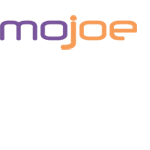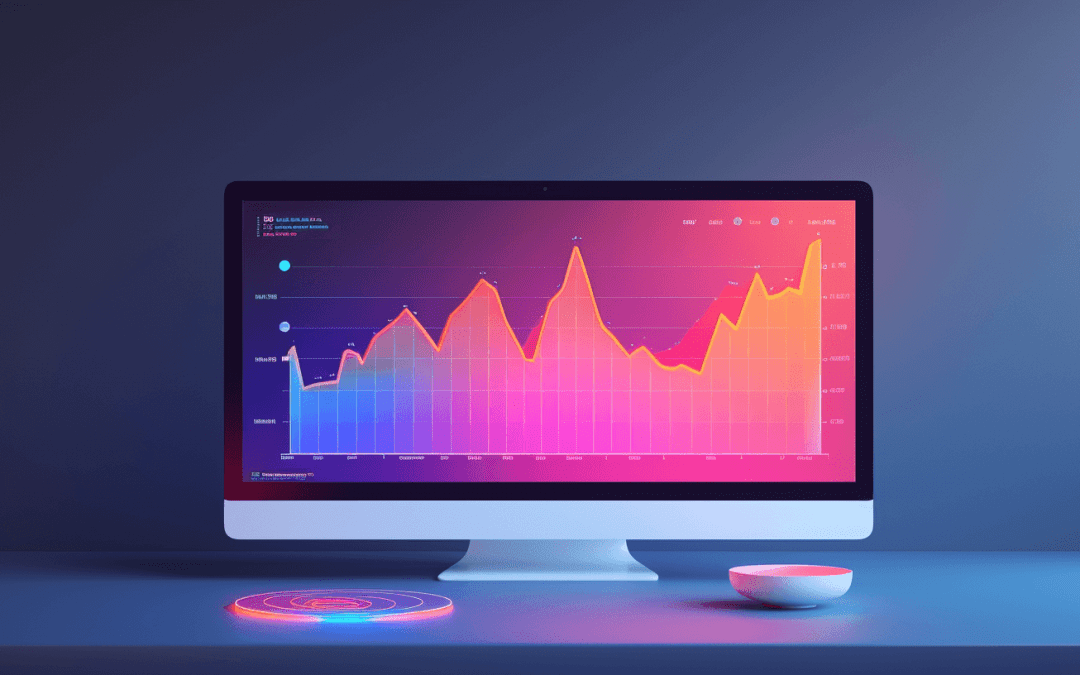How to Simplify Your Web Scraping Tasks with HTML Parsing and Data Extraction
Web scraping simplification, this is the simple process of collecting data from websites using computer programs. Web scraping can be very useful for businesses that want to analyze web data for various purposes, such as market research, competitor analysis, lead generation, and more.
However, web scraping can also be challenging and time-consuming, especially if you have to deal with complex and dynamic websites that require JavaScript to load or user interaction to access. Moreover, you have to parse the HTML code of the web pages and extract the relevant data in a structured format that you can use for further analysis.
In this article, I will explain why web scraping is important for application and web development, discuss the current trends and developments related to web scraping, and provide practical advice and strategies that you can use to simplify your web scraping tasks with HTML parsing and data extraction.
Why is web scraping important for application and web development?
Web scraping is important for application and web development because it allows you to access and utilize the vast amount of information available on the web. By scraping web data, you can:
- Gain insights into your target market, customers, competitors, and industry trends.
- Enhance your products or services by adding features or functionalities based on web data.
- Improve your user experience by providing relevant and personalized content or recommendations based on web data.
- Automate your workflows by integrating web data into your applications or systems.
- Generate new business opportunities by creating new products or services based on web data.
What are the current trends and developments related to web scraping?
Web scraping is constantly evolving as new technologies and challenges emerge. Some of the current trends and developments related to web scraping are:
- The rise of headless browsers: Headless browsers are browsers that run without a graphical user interface (GUI). They can simulate user actions and interactions with websites, such as clicking, scrolling, filling forms, etc. Headless browsers are useful for scraping dynamic websites that require JavaScript to load or user interaction to access. Some examples of headless browsers are Puppeteer, Selenium, and Playwright.
- The use of artificial intelligence (AI) and machine learning (ML): AI and ML can help improve the accuracy and efficiency of web scraping by automating tasks such as data extraction, data cleaning, data analysis, and data visualization. AI and ML can also help overcome challenges such as anti-scraping techniques, captcha solving, IP blocking, etc. Some examples of AI and ML tools for web scraping are ScrapeStorm, ParseHub, and Diffbot.
- The emergence of cloud-based web scraping platforms: Cloud-based web scraping platforms are online services that provide web scraping solutions without requiring users to install or maintain any software or hardware. They offer features such as scalability, reliability, security, speed, and ease of use. Cloud-based web scraping platforms are suitable for users who want to scrape large amounts of data from multiple sources without worrying about technical issues. Some examples of cloud-based web scraping platforms are Octoparse, Apify, and Zyte.
How to simplify your web scraping tasks with HTML parsing and data extraction?

HTML parsing and data extraction are essential steps in any web scraping project. HTML parsing is the process of analyzing the HTML code of a web page and converting it into a tree-like structure that can be easily navigated and manipulated. Data extraction is the process of locating and retrieving the relevant data from the parsed HTML structure.
To simplify your web scraping tasks with HTML parsing and data extraction, you can use some of the following tips and strategies:
- Choose the right tool for your web scraping project: Depending on your project requirements, budget, technical skills, and preferences, you can choose from a variety of tools for web scraping, such as libraries, frameworks, tools, or platforms. Each tool has its advantages and disadvantages, so you should compare them carefully before making a decision. You can refer to this article for a comprehensive guide on how to choose the right tool for your web scraping project.
- Use CSS selectors or XPath expressions to locate elements: CSS selectors and XPath expressions are two common methods for locating elements in an HTML document. CSS selectors use the class names, ids, attributes, or tags of elements to identify them. XPath expressions use the hierarchical structure of elements to locate them. Both methods are powerful and flexible for finding elements in an HTML document. You can use online tools such as SelectorGadget or XPath Helper to generate CSS selectors or XPath expressions for your desired elements.
- Use regular expressions or JSONPath expressions to extract data: Regular expressions are patterns that match specific strings in a text. JSONPath expressions are similar to XPath expressions but for JSON documents. Both methods are useful for extracting data from complex or nested structures in an HTML document. You can use online tools such as RegExr or JSONPath Online Evaluator to test and refine your regular expressions or JSONPath expressions for your data extraction.
I hope this article has provided valuable insights into web scraping with HTML parsing and data extraction. If you’re interested in learning more about application, mobile or web development and how it can benefit your business, please feel free to visit contact us or call 864-991-5656. You can also connect with Mojoe on LinkedIn.
 If you would like to discuss Your Website’s Search Engine Optimization with Mojoe.net or your website’s analytics, custom logo designs, overall branding, graphic design, social media, website, web application, need custom programming, or custom software, please do not hesitate to call us at 864-859-9848 or you can email us at dwerne@mojoe.net.
If you would like to discuss Your Website’s Search Engine Optimization with Mojoe.net or your website’s analytics, custom logo designs, overall branding, graphic design, social media, website, web application, need custom programming, or custom software, please do not hesitate to call us at 864-859-9848 or you can email us at dwerne@mojoe.net.


Recent Comments